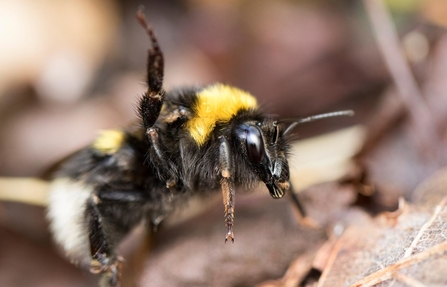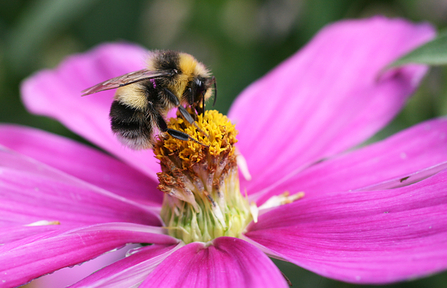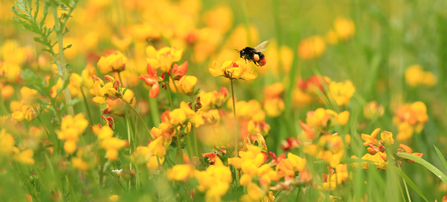As the nights draw in, the leaves fall from the trees and it gets colder, many of our insects begin to shut down for the winter. The sound of bees is a sure sign of spring and summer, but what are these bees doing now over the autumn and winter?
What do bumblebees do in autumn and winter?
The cycle of a bumblebee colony is usually at an end now, the workers have busily foraged to enable a new generation to be produced with the focus of the colony being switched to producing queen and worker bees. The queens and males mate with bumblebees from another colony, laying eggs the following spring. The males then have done their duty and passed on their genes to the next generation, but these male bees are short lived and do not survive the winter.
After mating, the impressively large queen bumblebees gorge up on nectar and pollen in the nest, where they are safe from predators. The queen then finds a suitable place to overwinter (often underground), ready to wake up in the spring and start the cycle again. The queen bee is the only bumblebee that survives through the year to do this – all the male bees and worker bees die off. Cold, dry places are the best places for queens to overwinter, where they are less likely to wake up early or get attacked by fungi. Around half of these queen bees survive the winter, relying on their fat reserves to keep them alive.



